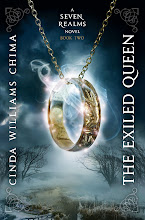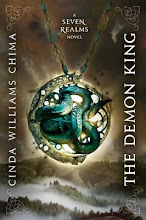
This weekend I’m thrilled to be at Kindling Words, a retreat for published authors, illustrators, and editors in Essex Junction, Vt. Nancy Werlin is leader of our author strand, and last night the noted author and illustrator Ashley Bryan was our keynote speaker.
Mr. Bryan read poetry, particularly some pieces by African-American poets. He read a poem by Eloise Greenfield, from her book, Honey I Love and Other Love Poems. I didn’t catch the title, but the gist of the poem was, I bought some candy, and now it’s gone, I built a sand castle, and now it’s gone, I wrote I poem and I still have that!
It reminded me of an epiphany I had recently when we visited the Morse Museum in Winter Park, FL. The Morse houses the country’s largest collection of Tiffany art glass and paintings.
Now, I’ll tell you right now—I’m into gaudy. And I mean gaudy in a good way. Those brilliant, layered, leaded, folded, enameled, iridescent glassworks give me goose-bumps. Not to mention the jewelry that grabs you by the throat and makes you take notice. I also love the idea that everyday objects can and should be beautiful, that all art shouldn’t be sequestered away in museums where you can’t get at it when you need the lift that fabulous art and design can provide.
There were photographs of interiors of homes Tiffany designed and decorated, including commissioned works as well as the family mansion in New York City and his estate, Laurelton, on Long Island. Some of the rooms were too busy to sleep in, but there was extravagant attention to detail.
The sad thing is, most of those buildings have since been burned or demolished. Much of the artwork at the Morse was rescued from torn down homes, churches, and public buildings.
And I was struck by the ephemeral nature of beautiful things, natural and man-made. Of course, there are beautiful natural and man-made wonders thousands and millions of years old. But when beautiful buildings and natural wonders get in the way of what we call “progress,” we tear them down. Hurricanes come through, and knock them down.
We writers deal with intangibles. Most people would consider words to be less substantial, say, than marble pillars. But both words and music are durable. They can be captured and preserved in myriad ways (more ways all the time).
That’s the wonder of great books and beautiful music: they can create beautiful imagery over and over again in the minds and hearts of people around the world. Of all the arts, they are renewable. The summer night or the broken panel of glass can’t be retrieved, but they can be recreated in the mind through music and prose. We can enter the garden any time we want by turning the page.













1 comment:
Well, Cinda, you have set your mark on imagery in your writing on The Wizard Heir. Your deft touch in a sentimental scene touched an emotional nerve for me. Bravo!
Post a Comment